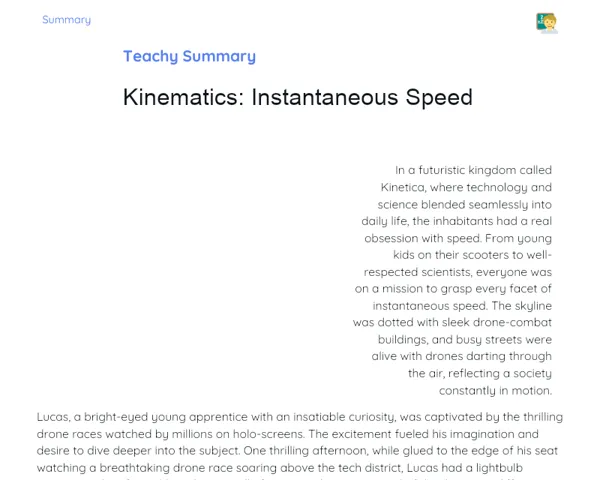Goals
1. Grasp the concept that the work done by an elastic force follows Hooke's Law.
2. Calculate the work done by an elastic force using the formula W = kx²/2.
3. Connect the ideas of elastic force and work to real-world applications in various careers.
4. Enhance hands-on and experimental skills when working with elastic materials.
Contextualization
Throughout history, our understanding of forces and motion has led to remarkable advancements. Take, for instance, traditional bows and arrows, where elastic force is key to their function. When the bowstring is drawn back, energy is stored, which is then used to propel the arrow for hunting or warfare. In modern times, elastic force is still crucial in various fields, from the design of vehicle springs to constructing buildings that can withstand the forces of nature, like earthquakes.
Subject Relevance
To Remember!
Hooke's Law
Hooke's Law states that the force needed to stretch or compress a spring is directly proportional to how much it is stretched or compressed. It can be summed up as F = -kx, where F represents the applied force, k is the elastic constant of the spring, and x is how much the spring is deformed.
-
The elastic constant (k) varies based on the material and construction of the spring.
-
The elastic force acts as a restoring force, trying to return to the object's original shape.
-
Hooke's Law applies only to elastic deformations, meaning the spring returns to its initial shape after the force is removed.
Elastic Force
The elastic force is the force exerted by an elastic material, like a spring or rubber band, when it tries to return to its original shape after being stretched or compressed. This force is relative to how much the material is deformed, as outlined by Hooke's Law.
-
The elastic force is conservative, meaning that the work done by it relies only on the initial and final deformation points.
-
It can be either compressive or tensile based on whether the material is compressed or stretched.
-
Many technologies, such as car shocks and spring scales, depend on the principle of elastic force.
Work Done by an Elastic Force
The work done by an elastic force refers to the energy transferred to an object by this force during displacement. It's computed using the formula W = kx²/2, where W is work, k is the elastic constant, and x is the deformation of the material.
-
The work done can be either positive or negative, depending on the deformation direction relative to the applied force.
-
Energy can be stored in the elastic material for later use, as seen in trampolines or bows.
-
The formula W = kx²/2 results from integrating the elastic force over the degree of deformation.
Practical Applications
-
In automotive engineering, springs in suspension systems help absorb impacts and ensure a smooth ride.
-
In civil engineering, elastic materials facilitate the development of structures that can dissipate earthquake energy, increasing resilience.
-
In product design, Hooke's Law is essential for creating durable and ergonomic products, including toys, sports gear, and medical devices.
Key Terms
-
Hooke's Law: This principle explains the linear relationship between the force applied to an elastic material and the resulting deformation.
-
Elastic Force: The restoring force that an elastic material generates to return to its original shape after deformation.
-
Work: The energy transferred to an object through a force acting over distance, which for elastic force is calculated using W = kx²/2.
-
Elastic Constant (k): A value that characterizes the stiffness of an elastic material, indicating the force needed to deform it by a unit length.
Questions for Reflections
-
How might understanding elastic force and Hooke's Law contribute to the development of innovative products and technologies?
-
What challenges arise when applying Hooke's Law in real-life scenarios, such as constructing earthquake-resistant buildings?
-
How can the ability to compute the work done by an elastic force be advantageous in various professions?
Hands-On Challenge: Building an Elastic Force Meter
This mini-challenge aims to put into practice your knowledge of Hooke's Law and elastic force by constructing a simple measuring device.
Instructions
-
Form groups of 3-4 learners.
-
Gather the necessary materials: rubber bands, a ruler, small weights (like coins), paper, and a pen for recording notes.
-
Attach one rubber band to one end of the ruler.
-
Hang a weight on the other end of the rubber band and measure the elongation of the rubber band using the ruler.
-
Record both the initial and final extension of the rubber band.
-
Repeat the process with additional weights and document the new extensions.
-
Calculate the elastic constant (k) of the rubber band from your measurements.
-
Utilize the formula W = kx²/2 to determine the work done by the elastic force in each instance.



